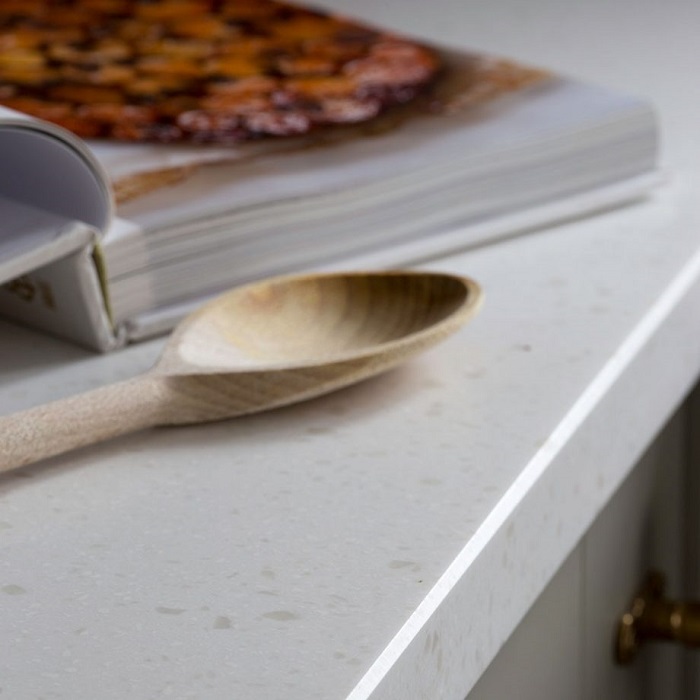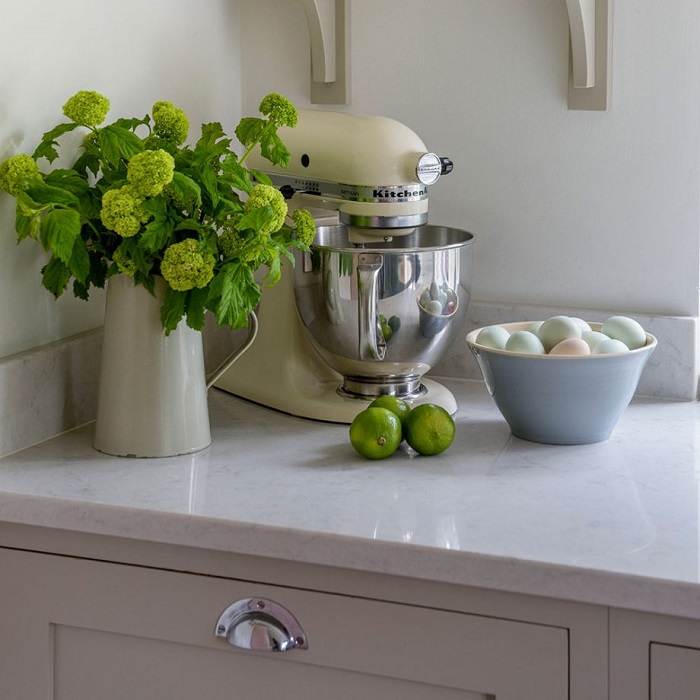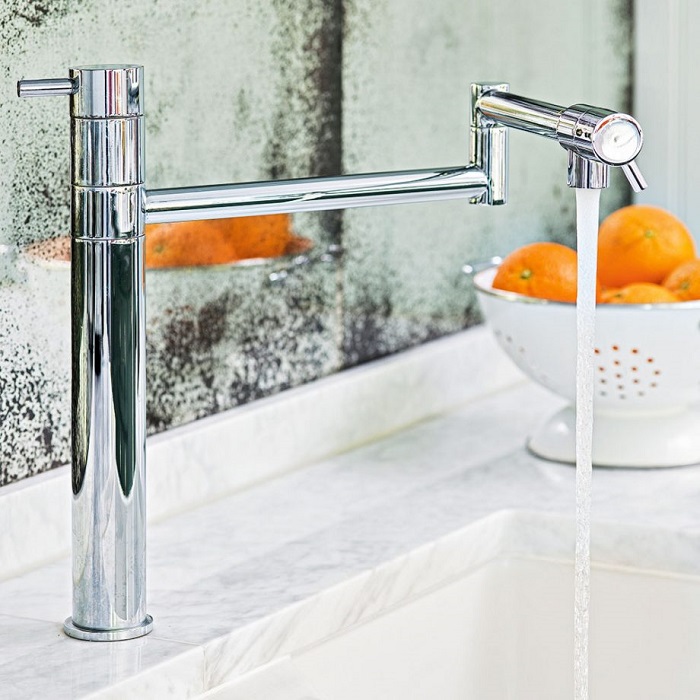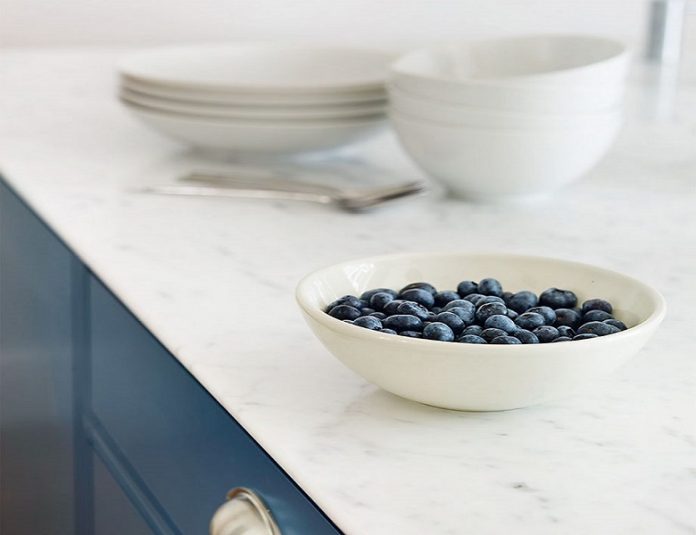Work a little luxury into your kitchen with a statement-making marble worktop
Marble has a luminosity, brightness and smoothness to the touch that sets it apart from other natural stones. A metamorphic rock, formed when sediment crystallises under heat or pressure to form hard rock, marble is a form of limestone, the whiter the marble, the purer the limestone.
Here’s everything (else) you need to know about marble worktops and their faux equivalents.
Why is marble a good material for a worktop?
Because it is porous, marble is a poor conductor of heat, so stays cool to the touch. Pastry chefs love it because the cool surface is great for working dough – the marble absorbs heat, so the dough doesn’t overheat.
Does marble stain easily?
Its porosity is one of the downsides of marble, making it susceptible to staining. Liquids like red wine and oil will seep deep into the rock and are difficult to get out. It’s also easily damaged by acidic liquids, like lemon juice or vinegar, which leave a dull, pitted surface.
Does marble scratch easily?

Because marble is soft in comparison to granite, it is prone to scratches. However, over time it will create its own unique patina, so is a great choice if you can overlook the imperfections.
What types of finishes are available?

When it comes to worktops, there are two main types. Honed, which is created by sanding the surface to give a soft, matte finish, which won’t show scratches so easily, but because pores are more exposed is more susceptible to staining.
Polished marble has a highly reflective, glossy surface which shows off the vibrancy of the stone and repels moisture better, so its less likely to stain, but will scratch more easily.
How do I look after a marble worktop?

Marble worktops should be sealed professionally when first installed and then every six months or so, although this doesn’t guarantee complete protection, so spills should be wiped up straight away, especially anything acidic. Clean marble using hot soapy water and a soft cloth, buffing dry to avoid water marks.
Source: www.idealhome.co.uk








































